Michael Andretti calls Formula 1 teams 'greedy' for resisting growth; is he right?
Michael Andretti faces one of the steepest challenges in racing in the coming years.
As the private strife between FIA president Mohammed Ben Sulayem and Formula 1 management becomes increasingly public – through tweets, a media back-and-forth and even threats of lawsuits – the face of Andretti Global sits squarely in the middle of F1’s latest political battle. Ben Sulayem and F1 have seemingly already taken sides in a power struggle over the expansion of the grid with Andretti only able to win if he successfully courts both sides.
And what’s worse? The numbers support the F1 team bosses’ claim that the current anti-dilution fee – $200 million through 2025 was agreed to in 2020 ‒ is no longer enough.
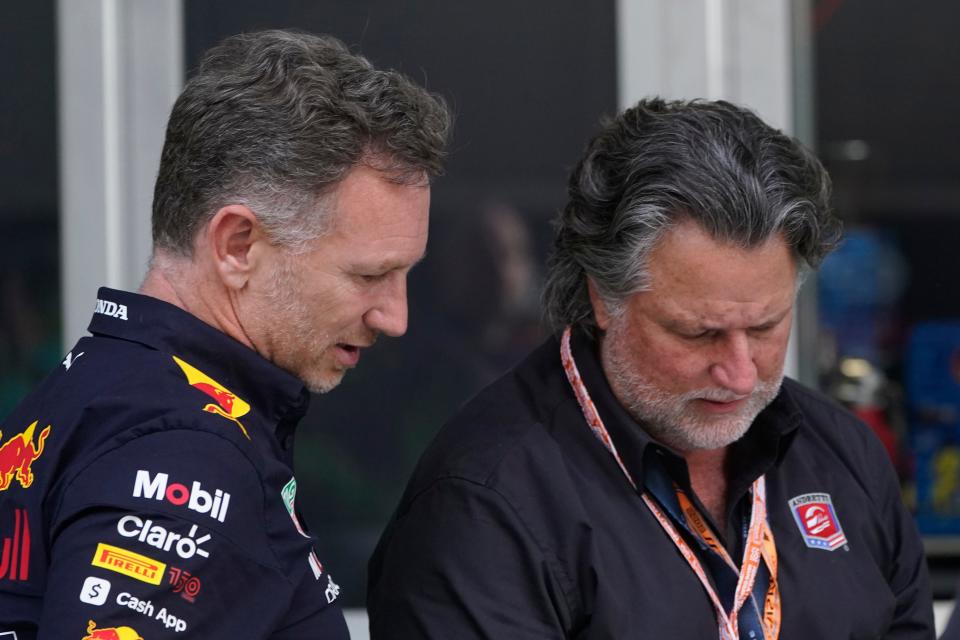
Even as Andretti Global seems to reach every new goal demanded by Liberty Media and the majority of F1 team bosses – an engine deal with Renault, the backing of a billionaire, breaking ground on a 575,000 square-foot facility and aligning with General Motors for technical expertise – this latest challenge will undoubtedly prove to be the toughest yet.
Andretti, billionaire Mark Walter and chief ally Dan Towriss need to bring several hundred million dollars more to the table, as well as an ironclad business plan with proof there are untold millions more for the series for the long term.
'Better than Ferrari's':Inside Andretti's plans for a $200 million race facility in Fishers
The creation of Andretti's $200 million roadblock
F1’s $200 million anti-dilution fee dates to the early months of the COVID-19 pandemic when team bosses were in the final stages of crafting the sport’s latest all-encompassing binding document – the Concorde Agreement – that would govern the sport from 2021-25. F1’s revenues took a nosedive. After its first year of profits since 2016 and an annual revenue in 2019 that topped $2 billion, F1’s revenues fell to $1.15 billion in 2020.
F1's beloved family-owned team, Williams Racing, had consistently sat at the bottom of the grid since 2018 and agreed to sell to the U.S. private investment firm Donrilton Capital for an estimated $180 million.
So when it was unveiled that any new team would have to pay $200 million to expand the grid during the Concorde Agreement, few batted an eye. F1’s new commercial rights owner Liberty Media had clearly injected new life into the series but no one could predict the larger-than-life role Netflix’s viral behind-the-scenes docuseries ‘Drive To Survive’ would play in transforming F1 from an uber-niche sport into a serious challenger for the attention, love and money of racing fans.
Had they, teams wouldn’t have agreed to set F1’s cost of admission as the purchase price of a team on life support at the height of a worldwide pandemic.
Now the calendar has ballooned to two dozen races (including two new U.S. stops tailormade for the rich and famous), F1’s 2021 revenues solidly surpassed 2019 and 2022 presents a realistic chance for 25% year-over-year growth.
By May, as Andretti roamed the Miami Grand Prix paddock pleading for team signatures to support his hastily-made and symbolic petition, the window to join the series for a one-time premium of just $200 million had slammed shut.
Building a legacy:Insider: How and why Michael Andretti is building an unmatched racing empire
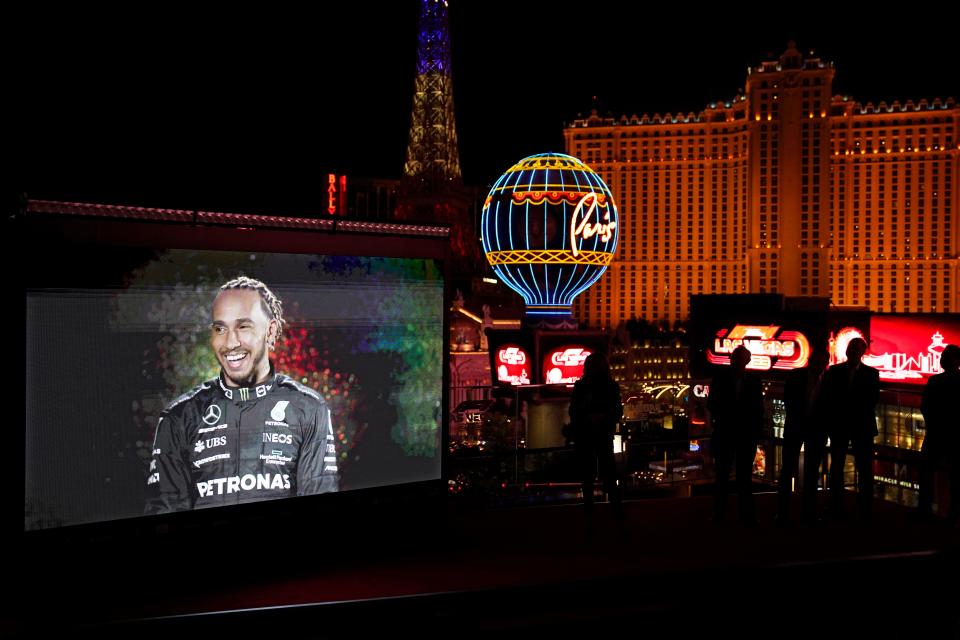
Explaining the strength of F1 teams' financial positions
Liberty Media hasn’t released its 2022 Q4 earnings report yet but if you take its 7% Q3 YOY revenue growth from 2021 ($668 million) to 2022 ($715 million) and mirror that for Q4, you hit a total of 25% growth – up to nearly $2.7 billion in revenue with no signs of slowing down.
As we continue to wait for the FIA to open its “Expression of Interest” process that would allow Andretti and any other prospective teams to file their business plans with the sport’s governing body, it appears the earliest a new team might realistically join the grid would be 2025 – with 2026 a more logical option as the sport adopts new technical regulations.
Teams will undoubtedly negotiate a far higher anti-dilution fee within the next Concorde Agreement given F1's success; so what might they be asking for?
Let’s estimate what a few more years of 25% growth would do to F1’s revenues. If the sport ended 2022 around the projected $2.7 billion in revenue and saw three more years of similar growth, annual F1 revenues will be hitting $5 billion by 2025. That’s nearly 150% growth in just four years and doubling in just three.
A true All-American team:General Motors backs Andretti Global's bid for F1 entry
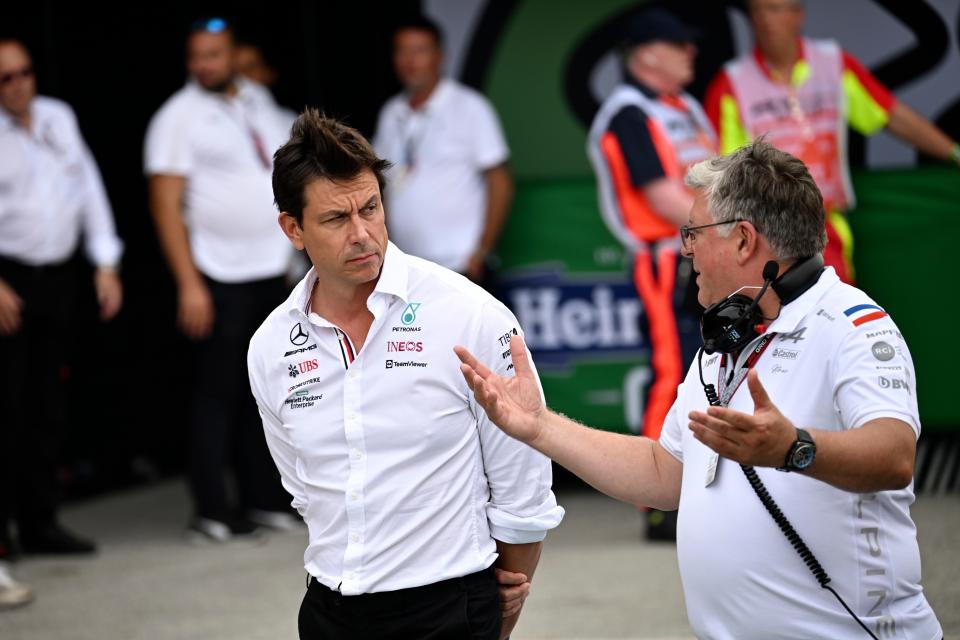
Under the current Concorde Agreement, teams receive 50% of F1’s annual revenue each year in prize money. In 2021, that paddock pool totaled $1.068 billion. Off the top of that, Ferrari receives an unreported chunk each year in recognition of the legendary team’s historical significance to the sport. Teams that have finished in the top-3 in the Constructers Championship in the last decade also receive bonus payments. That leaves around 75% of the original pool to hand out in order of teams’ finish in that year’s championship. The 1st-place team receives 14% of what was roughly $750 million in 2021, and each team that follows receives 0.9% less down to 5.9%. For 2021, those payouts range from more than $100 million to roughly $45 million.
Then, after Liberty Media covers its expenses, each team receives a portion of the series’ profits, which F1 calls appearance fees. In 2021, it was around $40 million per team, creating a range in teams’ payouts from nearly $80 million to roughly $170 million. An 11th team – even if it finished last – would come away with somewhere close to $70 million for the year, effectively at the expense of the current teams.
Each team would lose somewhere in the ballpark of $4 million from its appearance fees. The amount of prize money losses would depend on a team’s finish, with the brunt of it felt by those at the bottom who need the money the most.
The sliding scale would have to be adjusted but the percentages, of course, would still add up to 100. The easiest way to do so would be still to start at 14% for 1st-place and drop 1% per place down to 4%. The 2nd-place team would receive 13% instead of 13.1%, 3rd-place 12% instead of 12.2%, etc. If the new team finished last (11th), the 10th-place team would still be in 10th but come away with 5% of the pool instead of 5.9%. At 2021 revenue levels, that would equal a loss of nearly $7 million in prize money with the 1st-place team losing nothing and 2nd less than $1 million.
The addition of a new team at 2021 revenue levels would leave teams short anywhere from $4 million to $11 million. With an even split of a one-time $200 million anti-dilution fee, the weakest teams would be made whole – their expansion-related losses and anti-dilution fee gains offsetting each other – for less than two seasons. Andretti Global would need three seasons or less to pay itself back the cost of the entry fee and begin turning potential long-term profits.
It's entirely possible the eight teams at the bottom of the standings would begin losing money around the same time Andretti Global would begin making money.
Insider:The argument for F1 to open the door and welcome Andretti Global
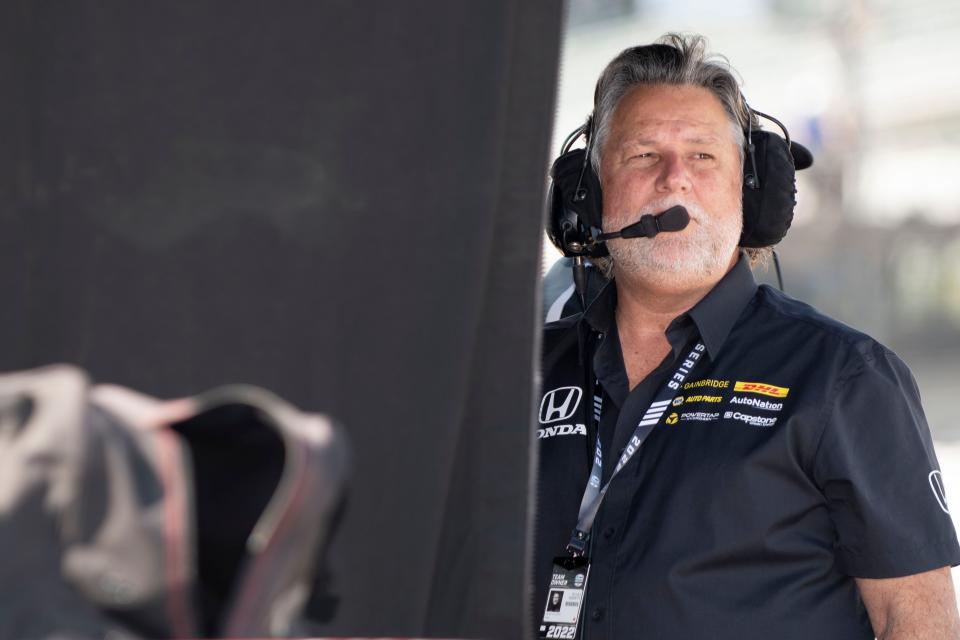
Those teams want Andretti Global – or any potential 11th team – to deliver series-wide revenue equal to what it's taking out of the pot by the time the benefit of the anti-dilution fee is exhausted. If revenues remained flat at 2021 levels, that would mean $70 million a year through Cadillac manufacturing engines (taking a load off current OEMs), General Motors serving as the title sponsor of the U.S. Grand Prix or the value of media deals and sponsorships across the paddock increasing strictly because of the presence of Andretti’s All-American F1 team.
That impact must be sustained annually and increase at the same rate as F1’s rising revenues. Anything less and F1 teams might be pocketing more each year but not as much as they would with a 10-team field. Fair or not -- an established bottom-dwelling team such as Haas isn’t expected to unearth new revenue streams -- it’s what will be expected of any new F1 team.
Tip-toeing through a political battlefield
That financial outlook makes it clear why the bulk of F1 teams worry Andretti would drag their margins down and how tall a hurdle Andretti Global’s backers face just to keep up with this latest yank of the goalposts. Even if the anti-dilution fee is doubled for 2026 and beyond, can Andretti compile a business plan with concrete steps to deliver F1 as much as $150 million new money annually within two years of joining the grid? If revenues and the anti-dilution fee grow at a similar rate, the life of its impact for teams remains unchanged and the annual commercial funds Andretti Global must bring to the table double.
Should the anti-dilution entry fee triple to $600 million, as some reports have suggested, the extra $200 million payment would only buy Andretti Global an additional year before it would have to add money to the sports' coffers.
Andretti told Forbes earlier this month that he sees this as unyielding selfishness.
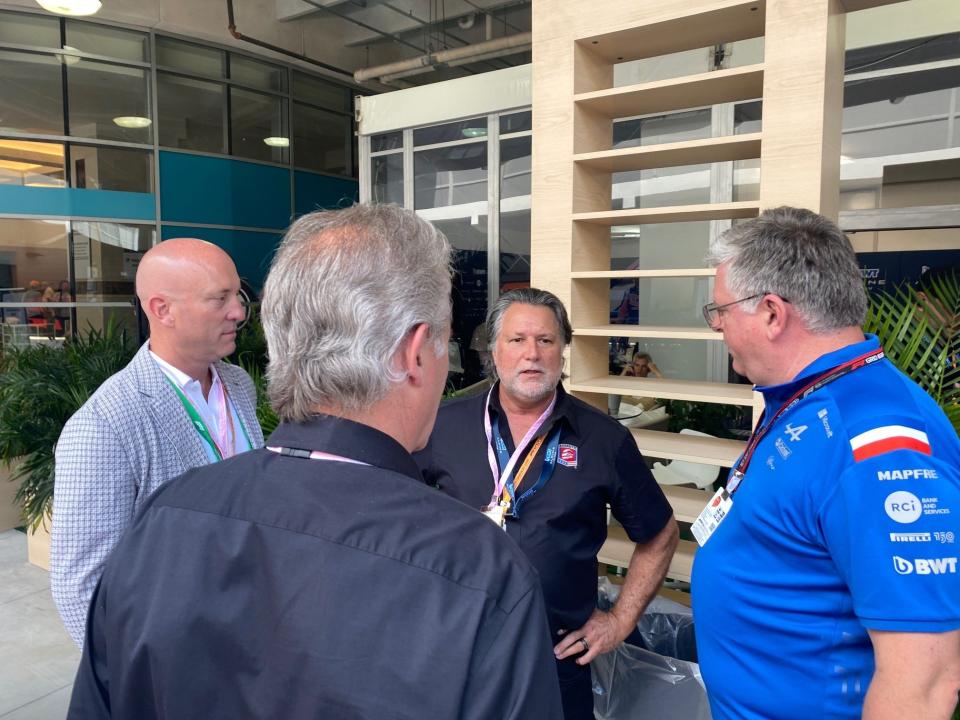
“It’s all about greed and looking at themselves and not looking at what is best for the overall growth of the series,” he said. In other words, his team would make the sport better, even if teams end up a few million dollars poorer. He believes his outfit can help round out an already burgeoning portfolio.
Convincing the other teams of this may very well be his final task. Doing so, in the sport’s current climate, would be Michael Andretti's greatest motorsports achievement to date.
Ben Sulayem has made abundantly clear he has Andretti’s back. In coordination with Andretti Global announcing its GM partnership earlier this month, the FIA president hit send on a tweet “welcoming the news.” In the other corner, however, F1 armed reporters with an embargoed statement that morning that did its best to pour water on the news and not-so-subtly remind the public that the series’ commercial arm has a say in the admittance of a new team.
Behind the scenes there was pushback from several F1 team bosses that the Andretti-Cadillac partnership would significantly impact on the sport, leading Ben Sulayem to address those concerns publicly. “It is surprising that there has been some adverse reaction to the Cadillac and (Andretti) news,” he wrote on Twitter on Jan. 8. “The FIA has accepted the entries of smaller, successful organizations in recent years. We should be encouraging prospective F1 entries from global manufacturers…and thoroughbred racers.
“Interest from teams in growth markets adds diversity and broadens F1’s appeal.”
Ben Sulayem continued to enflame the two sides Jan. 23 when, in response to reports of Liberty Media turning down a $20 billion offer from Saudi Arabia’s Public Investment Fund to purchase the series, the FIA president called the figure “inflated” and claimed that such a theoretical sale could negatively impact the sustainability of the sport, the financial health of its longtime partners and many fans’ ability to enjoy the series.
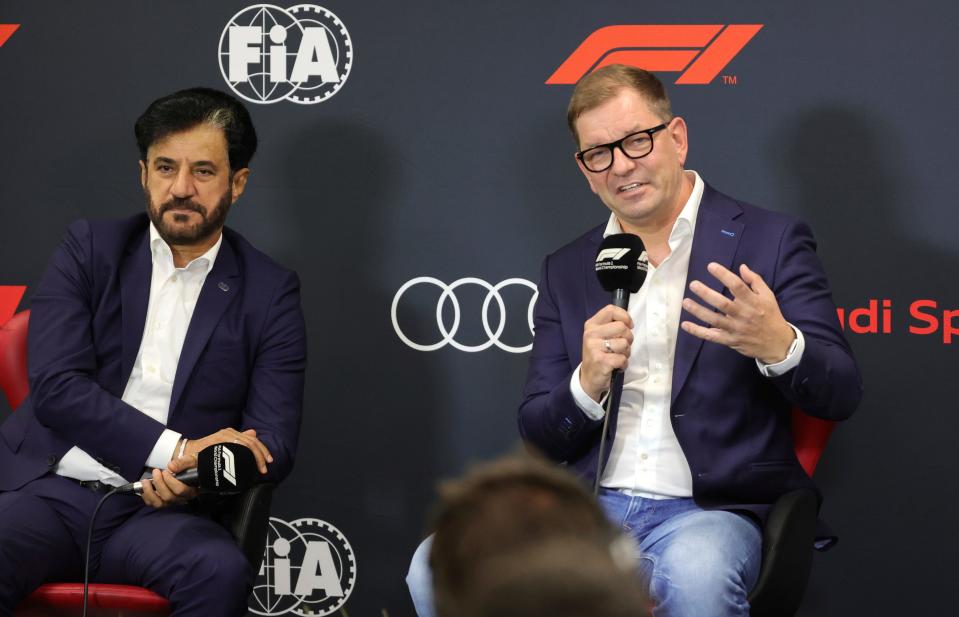
F1’s lawyers responded to the FIA president’s tweets with a letter threatening legal action for devaluing the sport.
It’s now Andretti’s job to find a way to navigate those testy waters; keeping the FIA’s apparent support while trying to flip his doubters with what is only a theoretical business plan. Though teams have no vote in the admission of a competitor and FIA could single-handedly grant Andretti a spot on the grid, he wouldn't receive his slice of the sport's commercial pie without the green light from F1 CEO Stefano Domenicali.
If he can help those two sides find even a small swath of common ground, perhaps the racing magnate ought to consider political office once his race team boss days are complete. Convincing F1 teams to prepare another seat at the table with several billion dollars on it will now take nothing short of political, financial and persuasive genius.
This article originally appeared on Indianapolis Star: Inside Michael Andretti's battle to bring Andretti Global to F1

